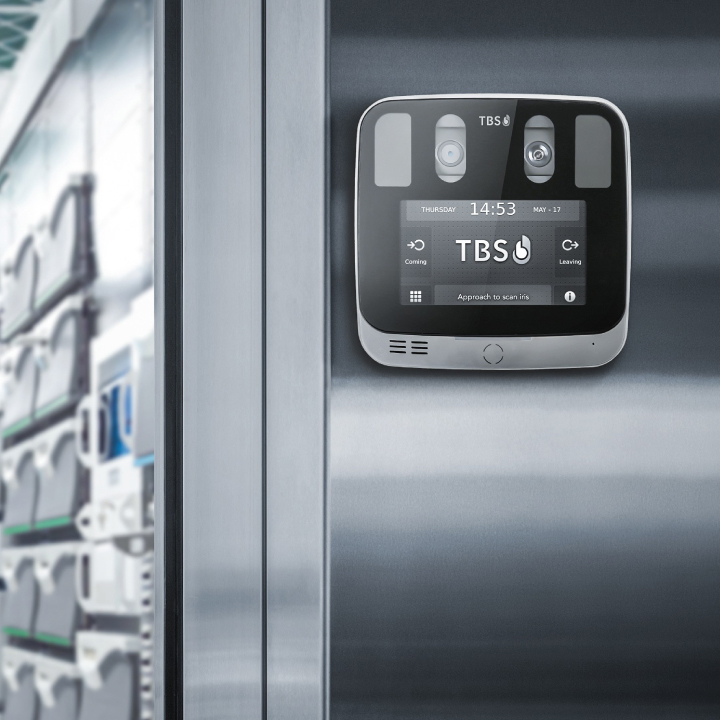BiometricsFingerprint recognition ∙ Iris recognition ∙ Hand vein recognition
Biometric identification methods significantly enhance security within your company. Traditional systems identify users via a PIN or an RFID badge. However, there is always some uncertainty about whether the person using the credential is actually authorized, since a PIN or physical ID can be shared. Biometric terminals, on the other hand, do not rely on a PIN or RFID badge, but instead use biometric features. They identify individuals uniquely based on their fingerprints, veins, iris, or facial features. Biometric methods complement or replace traditional identification methods and add an extra layer of verification. Unlike a PIN or badge, physical characteristics cannot be forgotten, lost, or intentionally or unintentionally shared. This makes biometric identification particularly secure.
Biometric Methods
2D Fingerprint Recognition
2D fingerprint recognition offers a high level of security. It enables access control and time tracking via biometric terminals. For added security, multi-factor authentication combining fingerprint with a PIN or RFID badge is available. This method is suitable for small groups of up to 5,000 people. It is cost-effective, easy to use, and highly reliable, making it a well-established standard. For medium to large groups (1,000 to 5,000 people) requiring higher security, multispectral 2D recognition is ideal. Optional liveness detection provides additional protection. This method is significantly more affordable than iris, vein, or facial recognition and works even with dirty fingers or in harsh environments.
Contactless 3D Fingerprint Recognition
Three-dimensional, contactless fingerprint recognition offers the highest level of security. It supports access control and time tracking via biometric terminals. Multi-factor authentication combining fingerprint, PIN, and RFID badge is also possible. Optional liveness detection enhances security. This method is hygienic, as the terminal does not need to be touched. It delivers excellent identification performance even for large groups of up to 10,000 people and is more cost-effective than iris, vein, or facial recognition.
Iris Recognition
Iris recognition provides maximum security. It is used for access control and time tracking. Since the iris is captured without contact, this method is hygienic. Its security level is comparable to that of hand vein scanners. It is also suitable for very large groups of up to 10,000 people. Multi-factor authentication combining iris recognition with a PIN or RFID badge can be added for extra security.
Contactless Hand Vein Recognition
Contactless hand vein recognition using PalmSecure technology offers top-level security for access control. A sensor detects the unique vein pattern in the hand, as venous blood absorbs infrared light. This method can identify small groups of up to 1,000 people. Its security level is comparable to iris recognition. Multi-factor authentication combining hand vein recognition, RFID badge, and PIN is possible, as well as optional liveness detection for added protection. This method is also hygienic, as the terminal does not require physical contact.
































































